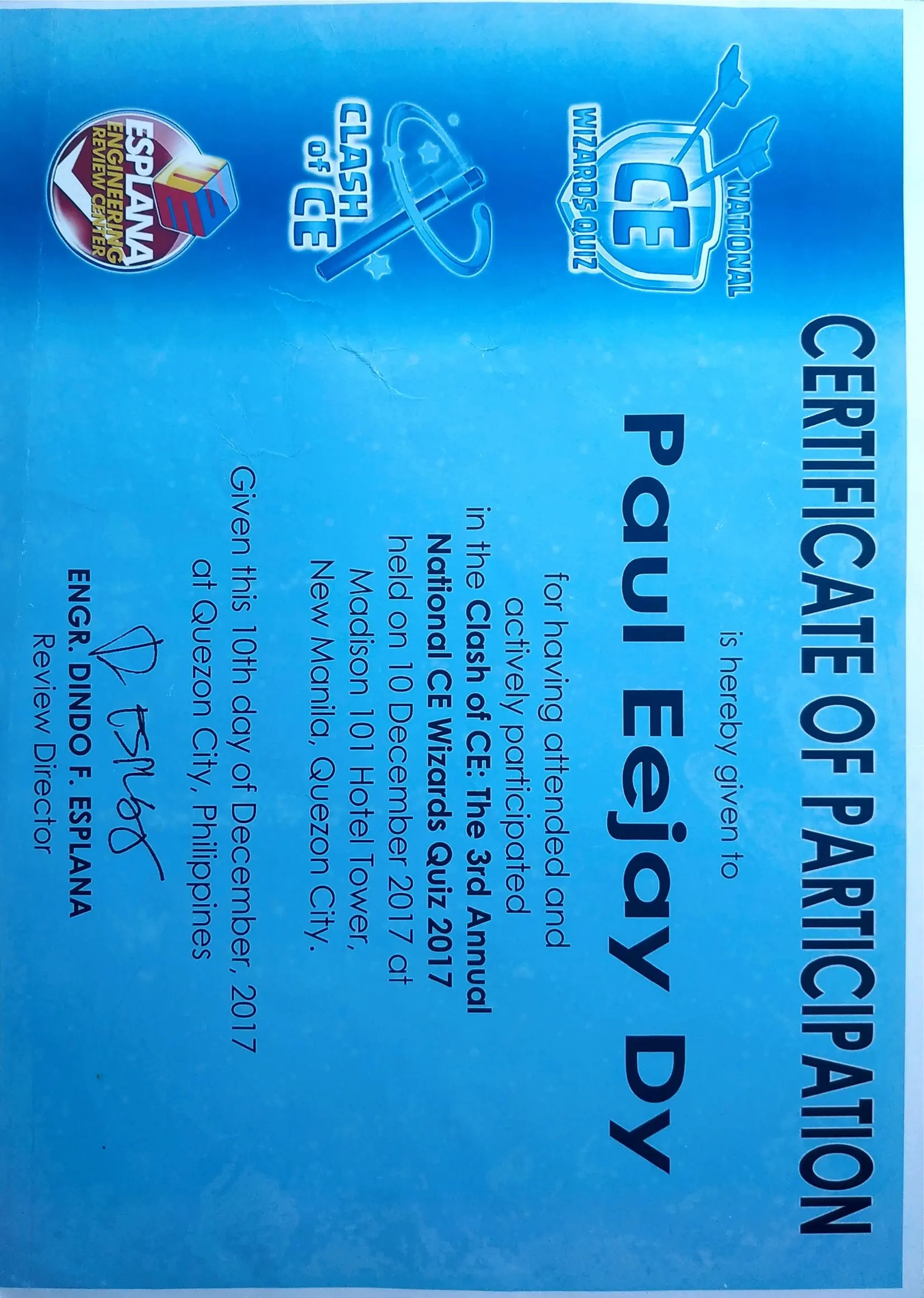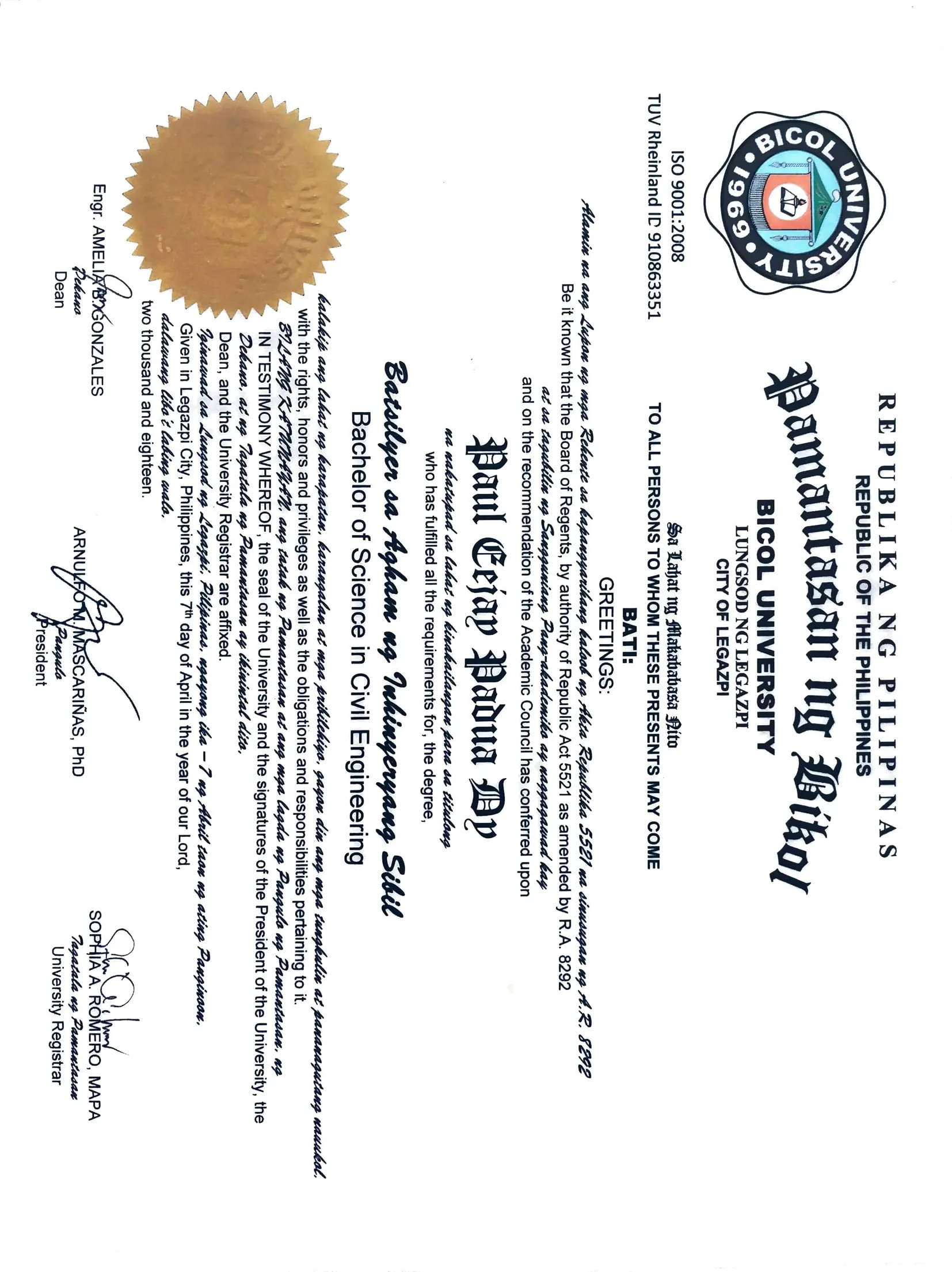Current sizing involves developing some calculations and consulting some tables so that sufficient parameters can be defined for using the correct current for a given application.
Suppose you are an engineer at a large company and need to determine the number of teeth on a pinion. Use the table below as a reference for the calculation. Do as requested.
Current type
Gear ratio
1
2
3
4
5
6
Roller chain
31
27
25
23
21
17
Table 1 - Selection of the number of pinion teeth
Source: Adapted from Melconian (2019, p. 300).
#PracegoVer: the table shows the definition of the number of teeth on the pinion. The first column has two lines, the first being “Chain type”, and the second, “Roller chain”. The second column contains three lines. The first line shows the “Transmission ratio”. The second line has six other columns: the first column contains the number “1”; the second, the number “2”; the third, the number “3”; the fourth, the number “5”; and the sixth, the number “6”. The second line of the “Transmission ratio” column contains six other columns, the first being “31”; the second “27”; the third “25”; the fourth “23”; the fifth “21”; and the sixth “17”.
MELCONIAN, S. Machine Elements. 11th ed.
According to the table, answer: a reducer is driven by a chain transmission, driven by an electric motor with a power of 22 kW and rotation n = 1180 rpm. The input shaft rotation is 600 rpm. The permitted center distance is 500 mm. Consider a chain pitch of 5/8” and the use of roller chains with vp (peripheral speed) limited to 12 m/s.
Calculate:
a) the number of pinion teeth (Z1);
b) the number of teeth on the crown (Z2);
c) peripheral speed (vp);
d) the tangential force (FT) in Newton;
e) checking the distance between centers (C);
f) the number of links in the chain (y); and
g) the length of the chain (l).

4.7


